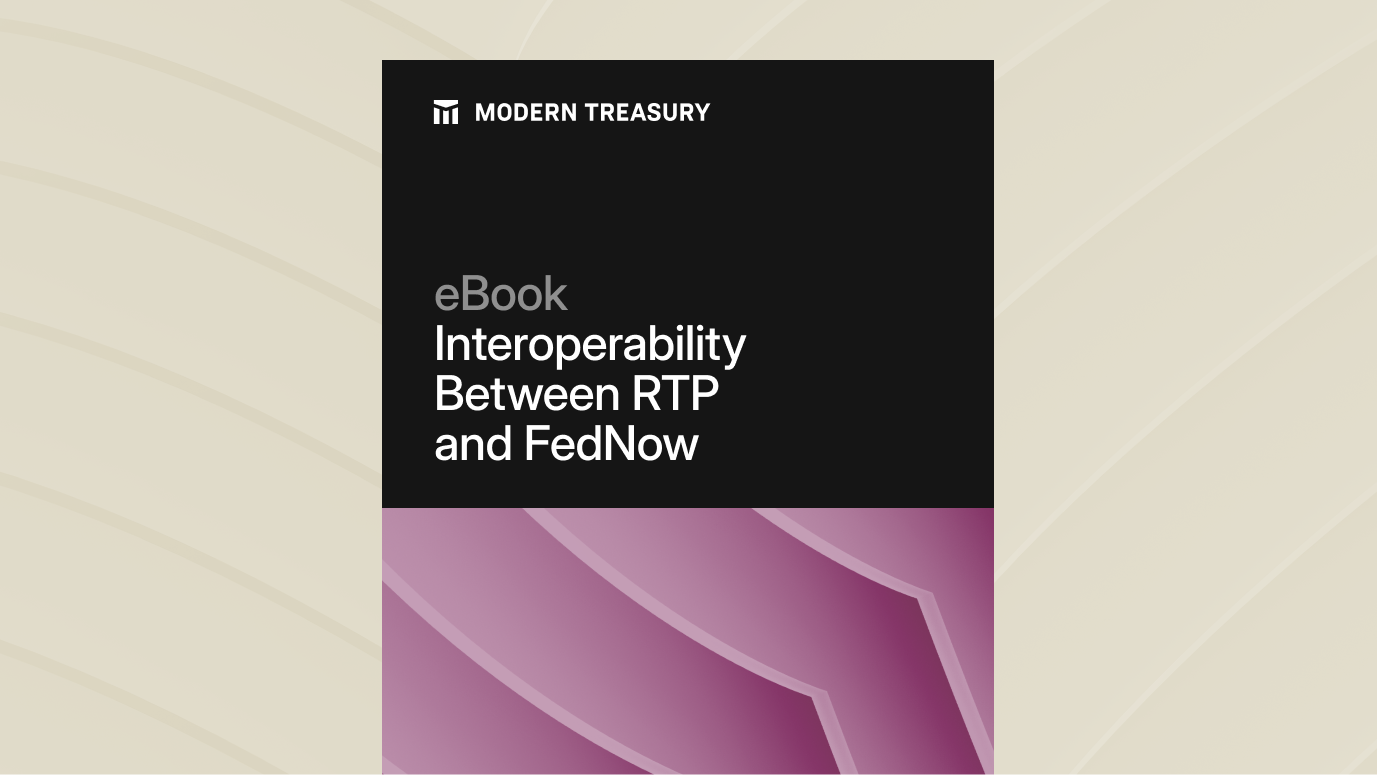Join us at Transfer 2025 to hear how industry leaders are building payments infrastructure for a real-time world.Register Today →
How Neobanks Can Use Virtual Accounts
A virtual account doesn’t hold any funds, despite having a unique account number and can perform payments as physical accounts. They can be a popular solution for neobanks to scale payment operations and manage large transaction amounts.

Background
Capitalizing on the growing population of young smartphone owners, neobanks have found immense adoption building modern financial platforms for the digital generation. Neobanks bear the hallmark of being digital-only institutions. However, due to the difficult and time-consuming nature of obtaining a federal bank charter from the Office of the Comptroller of the Currency (OCC), many neobanks work with an existing financial institution to offer their services. The established institution acts as the custodian for customer funds and the sponsor for access to payment rails like ACH, Wires and RTP.
Besides allowing companies to go to market faster, another advantage of working with a partner bank is their ability to provide infrastructure that a neobank can build on top of. Specifically, many of these financial institutions offer virtual accounts integrations which help neobanks scale their operations and simplify their financial strategy. This post will walk through how a neobank might use virtual accounts to achieve its goals and serve its customers.
What are Virtual Accounts?
Compared to having a physical bank account, virtual accounts do not hold funds, but they still have their own account number and routing number. From the outside, these virtual accounts will look just like an actual bank account, but they function instead as a tagging and referencing system. Often described as sub-accounts or dividers within a single bank account, virtual accounts help aggregate funds without the complexity of storing and organizing them.
Think of a virtual account like a single PO box and the main account like the post office. Every user of the Main Street Post Office is assigned their own PO box number. All kinds of letters and packages can be sent to these individual PO boxes; however, all the mail will be funneled into the Main Street Post Office. The post office knows which PO box each piece of mail goes to, who owns the PO box, and what type of mail they’ve received.
The Neobank Use Case
Neobanks process large transaction volumes each day, which means they need a clear system that efficiently delineates which account holds which amounts within their platform.
One solution for this issue is to open a bank account for each user. But Finance teams can often encounter multiple problems with this model:
- Juggling vast numbers of outstanding bank accounts and their maintenance costs
- Manual, error-prone reconciliation process
- Lack of transparency around the originator and payment context
The Advantage of Virtual Accounts
With virtual accounts, managing account balances can be made much easier. Virtual account numbers can either be provided by a numerical range or generated at-request by the bank. These account numbers can contain vital information and unique identifiers that can be used to match the payment to a sender and to glean valuable payment context.
A common strategy is using virtual accounts to segregate funds within a master account by creating a virtual account for each user. By doing so, even though transactions will be posted to the underlying main account, the virtual account number can be used to identify the remitter and the purpose of the payment.
Combined with a ledger, virtual accounts can become the foundation for easily managing users and their balances.
By integrating virtual accounts into their backend, neobanks gain three key benefits:
- Programmatically attribute payments and improve reconciliation rates
- Decrease the number of outstanding bank accounts and their overhead costs (i.e., fees)
- Open and close accounts faster
With the rise of neobanks and new financial applications, virtual accounts can play a vital role in helping scale payment operations.
Note that not all financial institutions offer virtual accounts and the ones that do might provide the feature under a different name. Additionally, there can be unique intricacies in these offerings, such as the ability to nest virtual accounts and not only receive, but originate, payments out of a virtual account. It’s best to talk to your bank directly to find out more about their specific offerings.
Next Steps
If you have any questions about Virtual Accounts, our virtual account API, or want to know what banks offer virtual account integrations, reach out to one of our payment advisors.
Try Modern Treasury
See how smooth payment operations can be.







